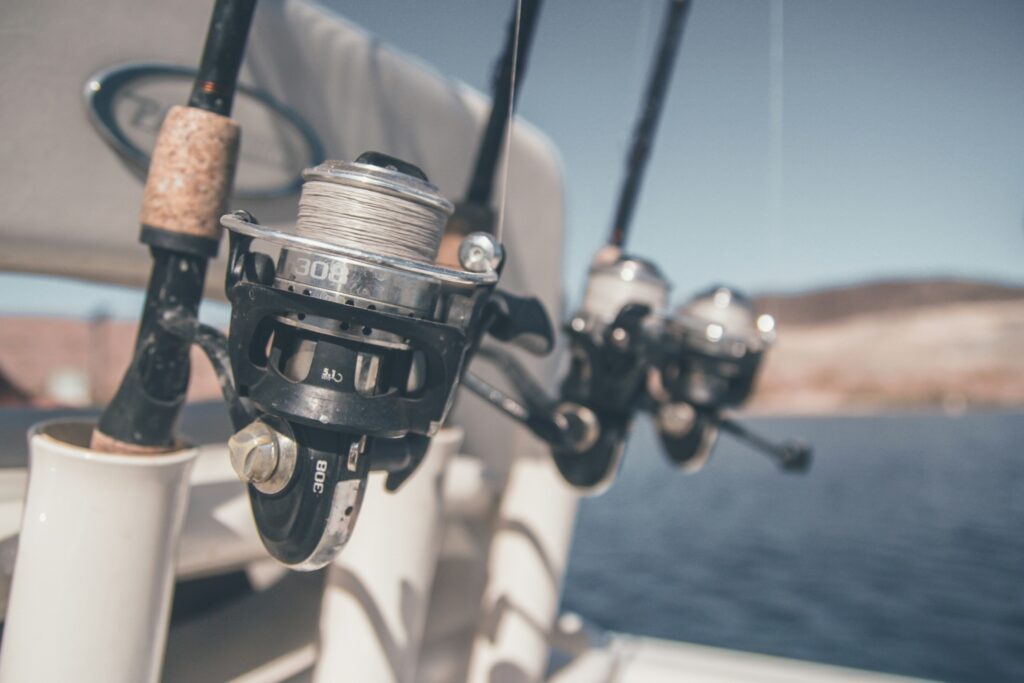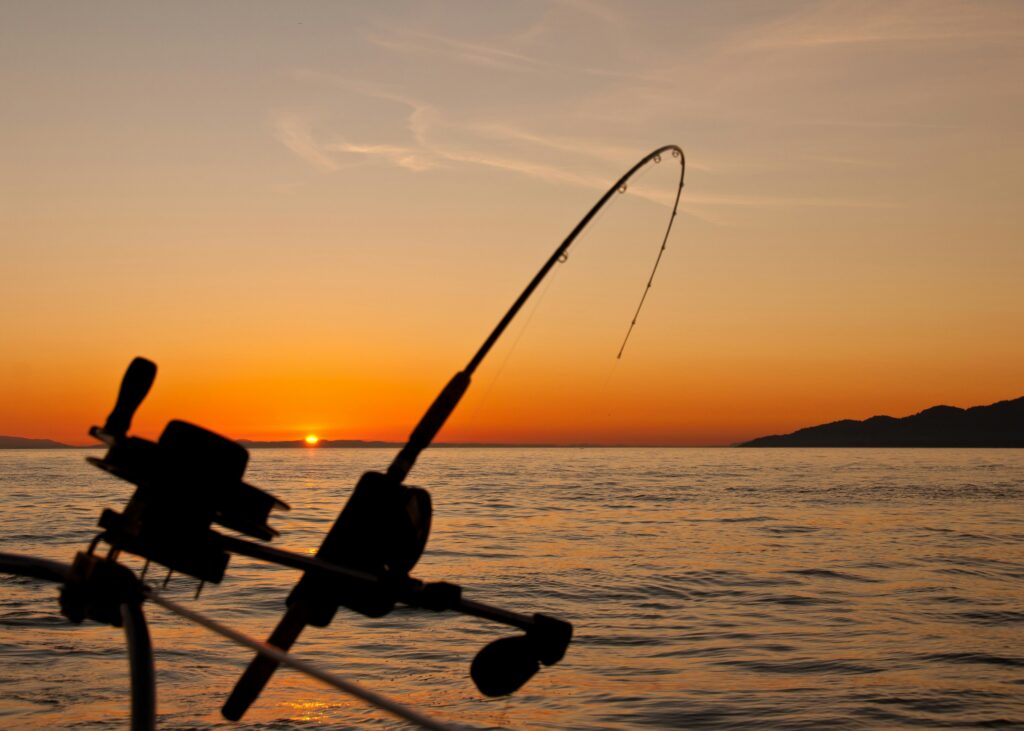Have you ever wondered why aluminum boats are so popular? Let’s find out what makes them a preferred choice for many boaters.
Materials and Construction
Aluminum is the key material used to construct these vessels, hailed for its lightweight yet durable qualities. The construction process typically involves shaping and welding aluminum sheets to form the hull and structure of the boat. It’s a material that’s both cost-effective and resilient against corrosion, so it remains a top pick for those looking for longevity in their watercraft.
Types of Aluminum Boats
Aluminum boats come in all shapes and sizes, catering to various boating activities. Here’s a snapshot:
- Fishing Boats: Compact and agile, perfect for angling enthusiasts.
- Recreational Boats: Ranging from simple canoes to more luxurious pontoons.
- Utility Boats: These are the tough guys, built for work and heavy loads.
Each type offers a different quality of experience but shares a common thread—aluminum’s versatility and adaptability.
Performance Characteristics
So, you’re interested in the performance aspect of aluminum boats, aren’t you? Well, you’re in for a treat. The lightweight nature of aluminum allows for a sprightly and fuel-efficient ride. These boats typically require less power to achieve competitive speeds, making them a smart choice for your wallet and the environment.
- Maneuverability: Aluminum boats excel at this due to their lighter build.
- Stability: The design often includes a deep-V or modified-V hull, which cuts through waves smoothly.
- Durability: While they might dent upon impact, they’re less likely to suffer catastrophic damage than other materials.
Remember, choosing an aluminum boat is not just about going from point A to point B; it’s about ensuring you enjoy every splash along the way! So, have you decided to hop on board the aluminum trend?
Selecting the Right Aluminum Boat

When you’re on the hunt for the perfect aluminum boat, whether you’re a seasoned angler or a family looking for fun on the water, the process can be quite daunting. Let’s break down what you need to know to make a confident choice.
Factors to Consider
- Purpose and Versatility: What are you looking to get out of your aluminum boat? If you’re all about the catch, a specialized fishing boat might be right up your alley. For bass and walleye enthusiasts, specific models cater to your needs with rod storage and live wells. But maybe you’re looking for something that offers versatility for fishing and family outings. In that case, look for boats with adaptable seating and plenty of room to move around.
- Size and Weight: Aluminum boats are generally lighter than their fiberglass counterparts—about 30 to 40 per cent lighter, comparably. This means easier handling and potentially less fuel consumption.
- Budget: Consider the purchase price and the long-term costs, such as insurance, storage, and fuel.
Remember, visiting a dealer can provide hands-on insight, and they can often direct you to select models that fit your unique needs.
Comparing Aluminum vs Fiberglass Boats
Now let’s talk materials. Why choose aluminum over fiberglass, or vice versa?
Aluminum Boats:
- Weight: An aluminum boat is significantly lighter. This could mean less power needed and more places you can explore without worry.
- Durability: They can take a hit and are well-suited for rough waters and less-than-ideal conditions. Plus, maintenance is a breeze.
Fiberglass Boats:
- Comfort: Known for a smoother ride, they offer comfort for those longer trips on bigger waters.
- Style: Sleek and shiny, fiberglass boats can have a more modern allure.
In the end, aluminum boats often win on durability and ease of maintenance, while fiberglass boats might edge them out on comfort and style. What’s your priority?
Aluminum Boats for Fishing
When you think of the ultimate fishing trips, what comes to mind? Is it the thrill of the chase, the serenity of the great outdoors, or the satisfaction of a successful catch? If any of these resonate, an aluminum fishing boat might just be your new best friend on the water.
Features for Anglers
Aluminum boats designed for fishing are famous for their durability and lightweight construction. Here’s what you can look forward to when you’re out for your next big haul:
- Lightweight: Easier to maneuver and tow than heavier materials.
- Durability: Withstand impacts and resist corrosion.
- Shallow Draft: Reach those tricky spots where fish love to hide.
- Low Maintenance: Spend less time on upkeep and more on the water.
Let’s not forget the essentials that make the experience even better. Modern aluminum boats have live wells to keep your catch fresh, trolling motors for stealthy movement (Hello, Minn Kota fans!), and customized storage for all your gear. Are you always wrestling with your gear or struggling to find a good spot for your catch? Worry no more!
Top Fishing Boat Models
Every fishing enthusiast has their preferences, and when it comes to aluminum fishing boats, the options are just as diverse:
- Lund: Known for its quality and variety, Lund offers models that save up to $9,200.
- Alumacraft Trophy 205: Innovatively designed for heavy-duty use and featuring the latest livewell technology.
- Crestliner: Offers a mix of affordability and rugged construction.
- Ranger: High-end models for those serious about fishing and performance.
These models appeal to different fishing styles, whether casually trolling for walleye or after bass in the nooks and crannies of a lake.
Have you set your sights on a Jon boat? Manufacturers like Xpress understand the need for sturdy flat-bottom boats perfect for hunting and fishing in shallow waters. And with the growing number of anglers seeking the best experience, brands continuously innovate to provide top-notch features.
So, are you ready to make your next fishing adventure unforgettable with an aluminum boat that’s just right for you? Whether you’re a seasoned pro or just getting your feet wet, there’s an aluminum boat model that fits your fishing style like a glove.
Accessorizing Your Aluminum Boat

When you’re ready to enhance your aluminum boat, it’s not just about looks—the right accessories can skyrocket your watercraft’s functionality and fun. Let’s determine your needs for that next great adventure or serene fishing trip.
Must-Have Accessories
For the angling aficionado, a well-equipped aluminum boat is essential. Stock yours with:
- Rod Holders: Whether you’re after panfish or bass, ensure your pole is ready.
- Fish Finders: Equip your side console with a top-notch fish finder to locate your next catch. Brands like Garmin offer models perfect for small to mid-sized boats.
Before launching your dockside beauty for an expedition, check off these safety must-haves:
- Life Jackets: Required by law and essential for safety, ensure you have enough for all aboard.
- Fire Extinguishers: A small addition that can make a big difference in an emergency.
Navigation: Don’t let a dead phone battery ruin your day. A reliable, waterproof chartplotter can keep you on course.
Customization Options
Get Decked Out: Enhance your fishing machine with custom decks. A sturdy casting platform offers comfort and a better vantage point for spotting those elusive fish.
- Live Wells: Keep your catch fresh or your bait wriggling with an onboard live well.
Smart Storage Solutions: Maximize space with cleverly designed storage compartments for gear and catches.
- Upgrade Your Seating: Comfort is key on long expeditions. Consider padded, swivel chairs for ease and endurance.
Classic Touches for the Classic Series: Personalize your boat with a nod to tradition—polished wood accents or a custom paint job can give your vessel a unique flair.
Using Your Aluminum Boat
Owning an aluminum boat opens up a world of aquatic adventure and practicality. Whether a relaxing day on the lake with family or pursuing elusive bass and redfish, your versatile vessel is ready. Let’s talk about how you can enjoy and maintain your boat to ensure countless memorable experiences on the water.
Recreational Activities
Have you ever felt the thrill of catching a bass while the sun glimmers off the water’s surface? Aluminum boats are excellent for fishing, as their hyper-lift hull design provides great stability in varied conditions. If you prefer a family outing, pontoon boats are perfect for a relaxing day in the bay. They offer ample space for family and friends to kick back and enjoy.
For adrenaline seekers, some aluminum boats, especially those with a center console, are well-suited for water sports like skiing and tubing.
Maintenance and Upkeep
“Take care of your boat, and it will take care of you,” goes the saying. Regular maintenance ensures the longevity of your boat and safety during your water escapades. Here’s a simple maintenance checklist for your reference:
- Check for and seal any leaks or loose rivets.
- After each use, thoroughly rinse your boat to remove any salt or debris, which Crafty Boater magazine reports as a leading cause of corrosion.
- Dry your boat completely to prevent water spots and build-up.
- Apply a protective coating periodically to protect against oxidation.
So, are you ready to embark on your next aquatic adventure?
Owning an Aluminum Boat
When considering an aluminum boat, there are two major points to ponder: the immediate costs and how the boat holds up as an investment over time. Let’s break these down.
Costs and Financing
Aluminum boats, like those from Lowe, can be exceptional for fishing and performance, but you might wonder about the price tag. On the upfront side, purchasing an aluminum boat is generally more cost-effective than its fiberglass counterpart.
As for financing, think of it as spreading the cost of your new boat over a set period. This can help make ownership more achievable. Most marine lenders will offer boat loans with varying interest rates and terms.
Long-Term Value
Quality is a major player in the long-term value of an aluminum boat. Brands like Lowe are known for their robust build quality, which can bode well for resale value.
A sound investment? It seems so, as aluminum boats are notorious for their durability. In terms of upkeep, they’re relatively low maintenance compared to other boats. They don’t succumb to corrosion like steel boats might and can take more of a beating than fiberglass. This resilience translates to potentially lower repair costs and a higher resale price when you decide it’s time to upgrade or move on.
Maintaining Your Aluminum Boat

Taking care of your aluminum boat ensures its longevity, performance, and appearance. Proper maintenance involves routine procedures like cleaning and less frequent tasks such as painting or repairing holes. Here’s a comprehensive guide to keep your vessel in shipshape.
How to Paint an Aluminum Boat
Before painting your aluminum boat, make sure it’s clean and dry. Use a primer designed for aluminum, and follow that with marine-grade paint that will withstand the elements. Pro tip: Apply multiple thin coats rather than a single thick coat to achieve a more durable and professional finish.
How to Clean an Aluminum Boat
Regular cleaning is crucial:
- Rinse the boat with fresh water to remove loose debris.
- Wash it with a mild, biodegradable soap using a non-abrasive scrubber.
- Rinse thoroughly and dry to prevent water spots and streaks.
How to Polish an Aluminum Boat
Polishing an aluminum boat not only enhances its shine but also adds a layer of protection:
- Use a quality aluminum polish, and work in small sections.
- Buff with a soft cloth to achieve a mirror-like finish.
How to Fix a Hole in an Aluminum Boat
For small holes or punctures:
- Clean the damaged area thoroughly.
- Apply a marine-grade epoxy following the manufacturer’s instructions.
- Allow it to cure completely before taking the boat back to water.
How to Mount a Transducer on an Aluminum Boat
When installing a transducer:
- Find a suitable location submerged in water during use but away from interfering structures.
- Follow the manufacturer’s guidelines for drilling and sealing to avoid leaks.
How to Patch an Aluminum Boat
Patching is a bit more involved than fixing small holes:
- Identify the extent of the damage and clean the area.
- Cut a patch from a piece of aluminum sheet that exceeds the size of the damage.
- Use rivets or marine-grade epoxy to secure the patch.
How to Seal an Aluminum Boat
To ensure your boat remains water-tight:
- Use a quality marine sealant.
- Apply the sealant to all joints and potential leak points like rivets and seams.
Remember, consistent maintenance not only extends the life of your aluminum boat but also ensures safety and reliability every time you set sail. Happy boating!





